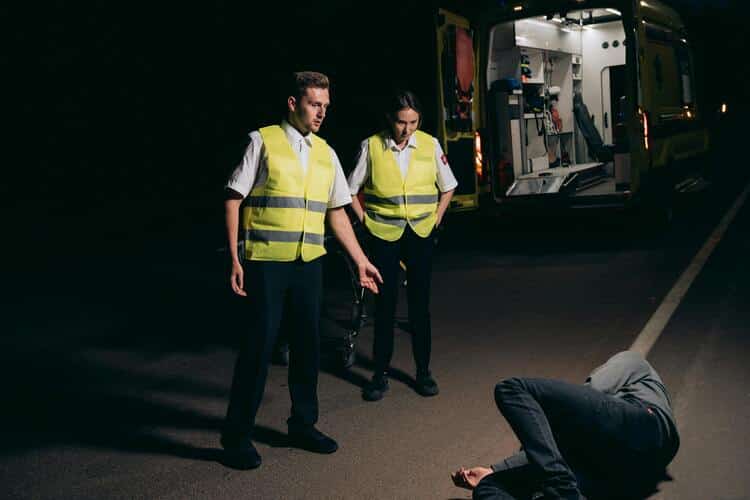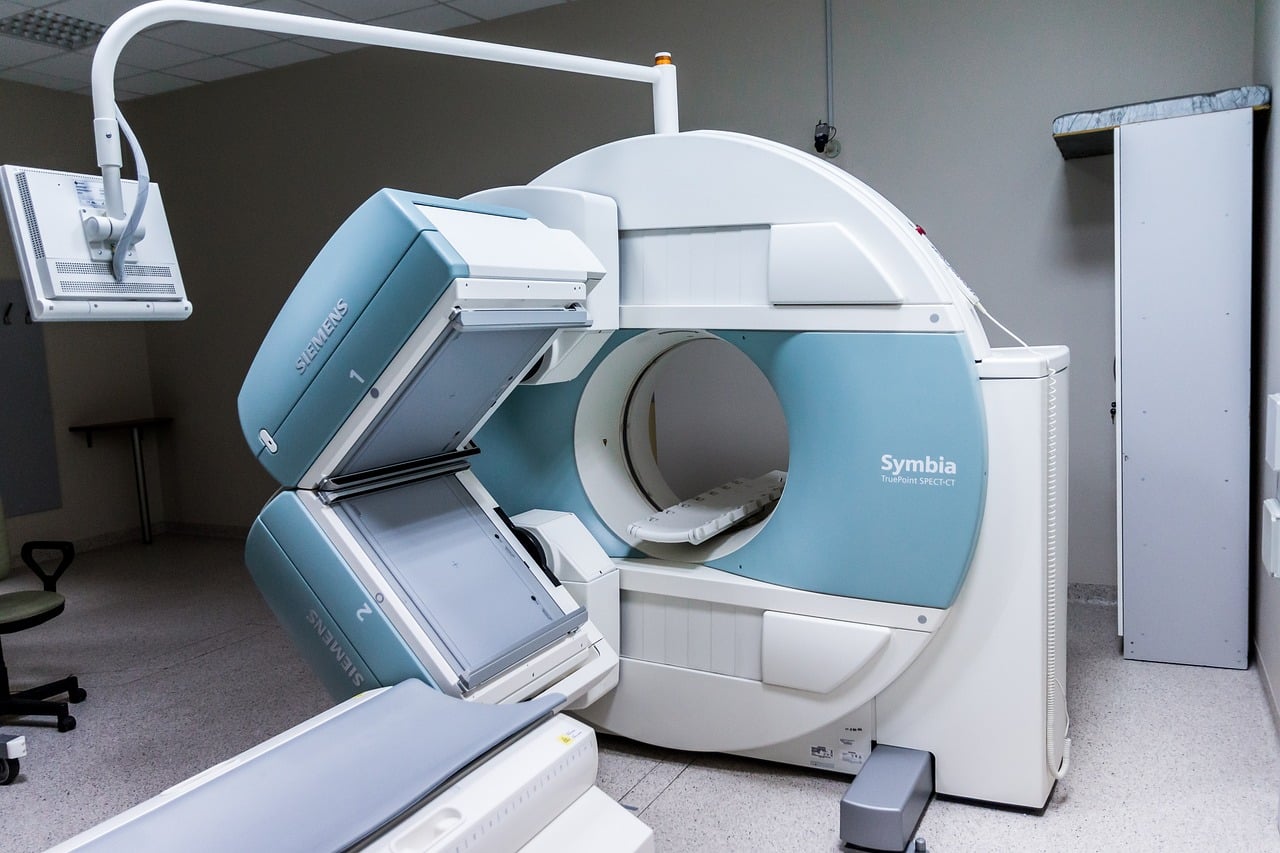Seizures are a challenging and often misunderstood aspect of neurological health, with many people not fully understanding these episodes. One particular type of seizure that tends to be broadcasted in movies is known as a “petite gran mal,” also known as tonic-clonic. While there are many different types of seizures, gran mals are still life-altering and, in some cases, fatal. In this article, I’ll explore seizures with you! From how they impact individuals and how they are treated—from a personal and informative perspective.
What Is a Petite Gran Mal Seizure?
The term petite gran mal is a bit misleading. While “gran mal” refers to the more dramatic generalized tonic-clonic seizures, the “petite” part refers to the smaller, shorter form of seizure activity. Petite gran mal seizures are also called tonic-clonic, and they are typically episodes of altered and loss of consciousness, where one also has violent muscle spasms. This is because they are actually experiencing a disruption in the brain’s electrical activity.
These seizures vary in time for many who experience them. They can range from one to three minutes unless one has Epilepsy, in which they can last for over five minutes. During this time, the person may lose awareness of their surroundings and not respond to things happening around them or engagement from others. Imagine being in a conversation and suddenly forgetting what you were saying—and suddenly you are on the floor, and you come to and may not even realize what has happened.

Warning Signs: Subtle but Impactful
One of the most challenging aspects of petite gran mal seizures is how subtle they can be. Unlike a dramatic grand mal seizure, where a person falls to the ground, convulses, or loses consciousness for a prolonged period, the symptoms of a petite gran mal seizure are quiet and brief. Here are some signs to look for pre-episode:
- Unresponsiveness: The individual may suddenly stop what they’re doing and stare into space. They may not react or even respond when spoken to.
- Trouble Speaking: A warning sign that is often associated with these seizures is when one’s sentences or phrases become difficult to say or even jumbled.
- Jerks Or Repetitive Movements: In some cases, there may be slight or sudden jerks, twitching, lip-smacking, or blinking may occur.
While these symptoms do not cover all warning signs, the impact of being aware of them is significant. A person with petite or general gran mal seizures may not even be aware that they are happening, which can make it difficult for loved ones or teachers to identify when an episode occurs. One can never be too prepared when an episode occurs, and it is always a good thing to try and learn more about what other signs there are.
Causes and Triggers
Petite or not, gran mal seizures are often caused by abnormal electrical activity in the brain. If you or someone you know is experiencing these types of seizures, it’s important to take into consideration and be aware of what may trigger an episode. In some cases, the cause is unknown, but there are several potential triggers and factors that can contribute to the occurrence of them:
- Genetic factors: Some people may have a genetic predisposition to epilepsy, making them more likely to experience seizures.
- Sleep deprivation: Lack of rest can sometimes trigger these as well in some individuals.
- Stress: High levels of stress can also contribute to the occurrence of an episode. This is a common cause across the board with people who experience these episodes.
- Flashing lights: In some cases, certain visual stimuli (like flashing lights) can trigger episodes in people with or without Epilepsy.
- Food triggers: Sometimes, certain foods and drinks can trigger an episode, but this varies with every person.
Diagnosis and Treatment
Unfortunately, being diagnosed usually comes after one or one’s loved ones realize an episode has occurred. Diagnosis typically involves a detailed medical history, physical examination, and tests such as an EEG (electroencephalogram). This test can detect unusual brain waves associated with seizures. An MRI or CT scan may also be used to rule out structural issues in the brain. Treatment for petite gran mal seizures is often effective, especially when identified early. The most common treatment options include:
- Anti-seizure medications: These can help control the frequency and severity of seizures. There are many anti-convulsant and epileptic medications that can be used to treat seizures, depending on a variety of factors and the type of seizure itself.
- Lifestyle changes: Managing stress, ensuring adequate sleep, and avoiding seizure triggers are essential to managing the condition.
- Regular monitoring: People with seizures may need regular follow-up appointments with their neurologist to monitor the effectiveness of treatment.
With proper treatment, many individuals with gran mal seizures, and really any type of seizure, can lead normal, healthy lives! In fact, many children who experience these seizures outgrow them as they get older. This is unfortunately not always the case, but that does not mean a person with seizures can not strive to live a healthy and enjoyable life. It does not come overnight and has trial and error like most other disorders or health diagnoses, but it is attainable.
Living with Gran Mal Seizures
For those who experience gran mals, it can feel isolating at times, especially because they are often invisible to others. People might assume you’re just distracted or disinterested in what’s going on, not realizing you’re undergoing a neurological event. You may unfortunately find that some in life may not believe in seizures simply because they can not always see them happening or do not understand them.
However, with awareness and understanding, these challenges can be overcome. It’s important to educate friends, family, and colleagues about the condition so that they can provide support. While these may not be something everyone experiences or understands, they should never be dismissed. Seeking treatment, understanding the condition, and managing triggers are key steps toward living a happier and more fulfilling life despite having seizures.
Disclaimer: This article is intended simply to provide information. It does not replace the medical advice of a physician or other medical professional. Please speak with your doctor or therapist if you have any questions or concerns.








